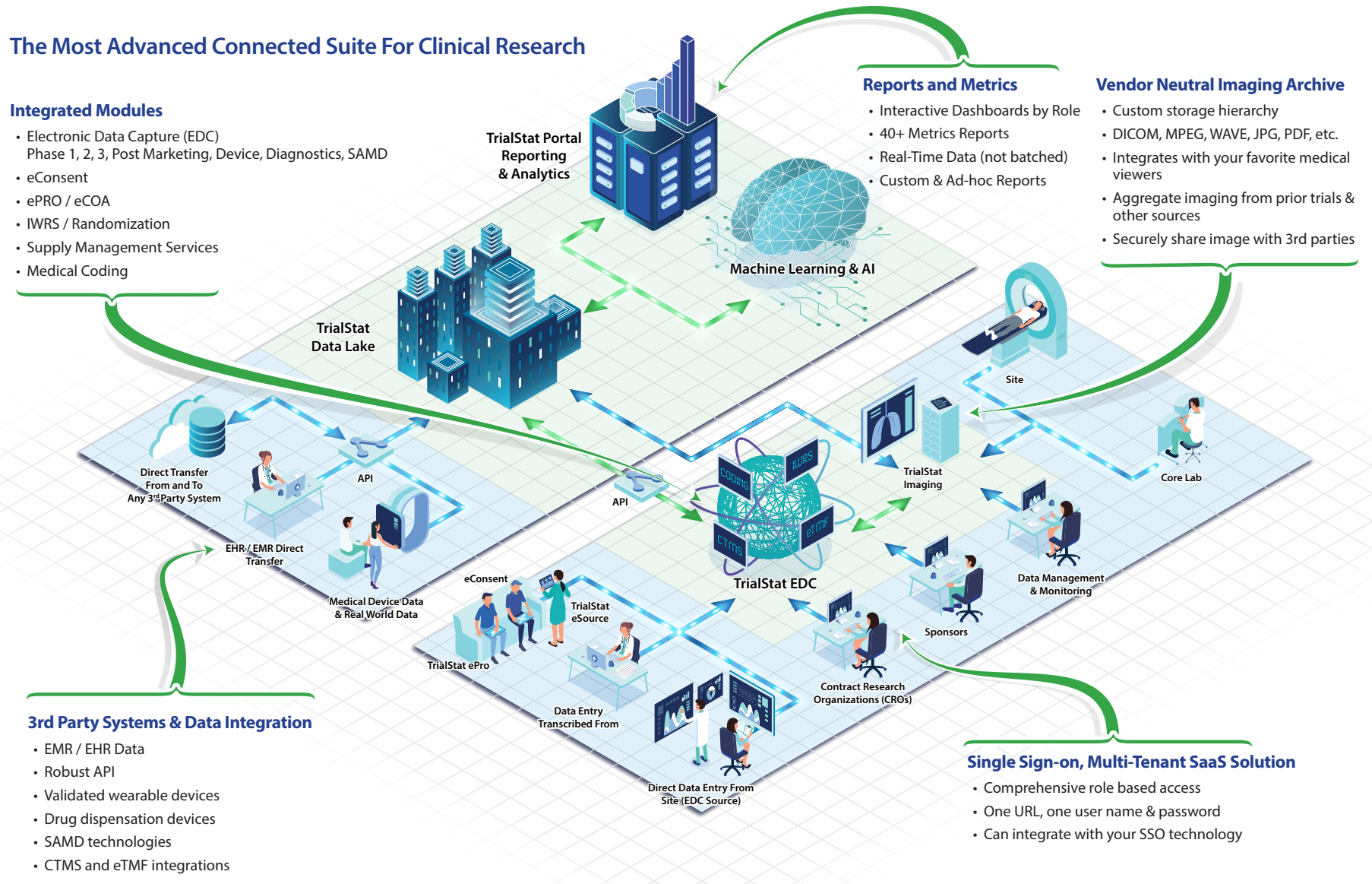Harpoon Therapeutics Presents Updated Interim Results at ASH 2022 for Novel T Cell Engager HPN217 in Relapsed/Refractory Multiple Myeloma
- Clinically active across a wide dose range (2.15 to 24 mg) in a Phase 1 trial of heavily pretreated patients with relapsed/refractory multiple myeloma
- 77% (10/13) objective response rate (ORR) observed across highest doses (12 and 24 mg)
- Responses were durable, with many patients on treatment longer than a year
- Generally well-tolerated with a low incidence of cytokine release syndrome (CRS): Low-grade CRS in 29% of patients across highest step dose regimens; 95% of events occurred following first or second dose; no Grade 3 or higher CRS
- Dose and schedule optimization is ongoing; maximum tolerated dose not yet reached in step dose regimen
- Management to host webcast and conference call to review the HPN217 data presented at ASH and provide a pipeline update on Monday, December 12, 2022, at 4:30 Eastern Time/3:30 Central Time
Excerpt from the Press Release:
SOUTH SAN FRANCISCO, Calif., Dec. 11, 2022 (GLOBE NEWSWIRE) — Harpoon Therapeutics, Inc. (Nasdaq: HARP), a clinical-stage immuno-oncology company developing novel T cell engagers, today presented updated interim data from its Phase 1 clinical trial evaluating single-agent HPN217 in relapsed/refractory multiple myeloma (RRMM) in a poster presentation at the 64th American Society of Hematology (ASH) Annual Meeting and Exposition being held in person and virtually in New Orleans. HPN217 targets B-cell maturation antigen (BCMA) and is based on Harpoon’s proprietary Tri-specific T cell Activating Construct (TriTAC®) platform designed to recruit a patient’s own immune cells to kill tumor cells.
The interim results, as of the data cut-off date of October 17, 2022, showed that HPN217 demonstrated continued evidence of clinical activity and a tolerable safety profile in heavily pre-treated patients with RRMM (62 patients treated across fixed dose and step dose regimens). HPN217 was active across a wide dose range (2.15 to 24 mg), with 77% (10/13) ORR observed across the highest step doses (12 and 24 mg). A majority of responders had decreases in the serum BCMA biomarker (sBCMA, a marker correlated with disease prognosis) by week two of treatment. Additionally, 86% (18/21) of responders remain on study treatment with sustained response, with many responders on treatment for over a year. Three patients in the study were evaluated for minimal residual disease (MRD), and all three were MRD negative (<10-5). sBCMA remained undetectable at 9 months in many responders who achieved very good partial response (VGPR) or better.
Low-grade CRS occurred in 29% of patients across the highest step dose regimens (12% Grade 1 and 18% Grade 2) and was seen primarily in the earliest doses. No Grade 3 or higher CRS or any immune effector cell associated neurotoxicity syndrome (ICANS) events have been observed.
Click the button below to read the entire Press Release:
Discover What Sets TrialStat Apart From Ordinary EDC Platforms
Click the image or button below to explore our eClinical Suite Platform and discover what sets TrialStat apart from competing EDC platforms.
Request Your Demo Today!
From rapid database build through database lock, we deliver consistent quality on-time and on-budget. Ready to upgrade your eClinical toolkit?

